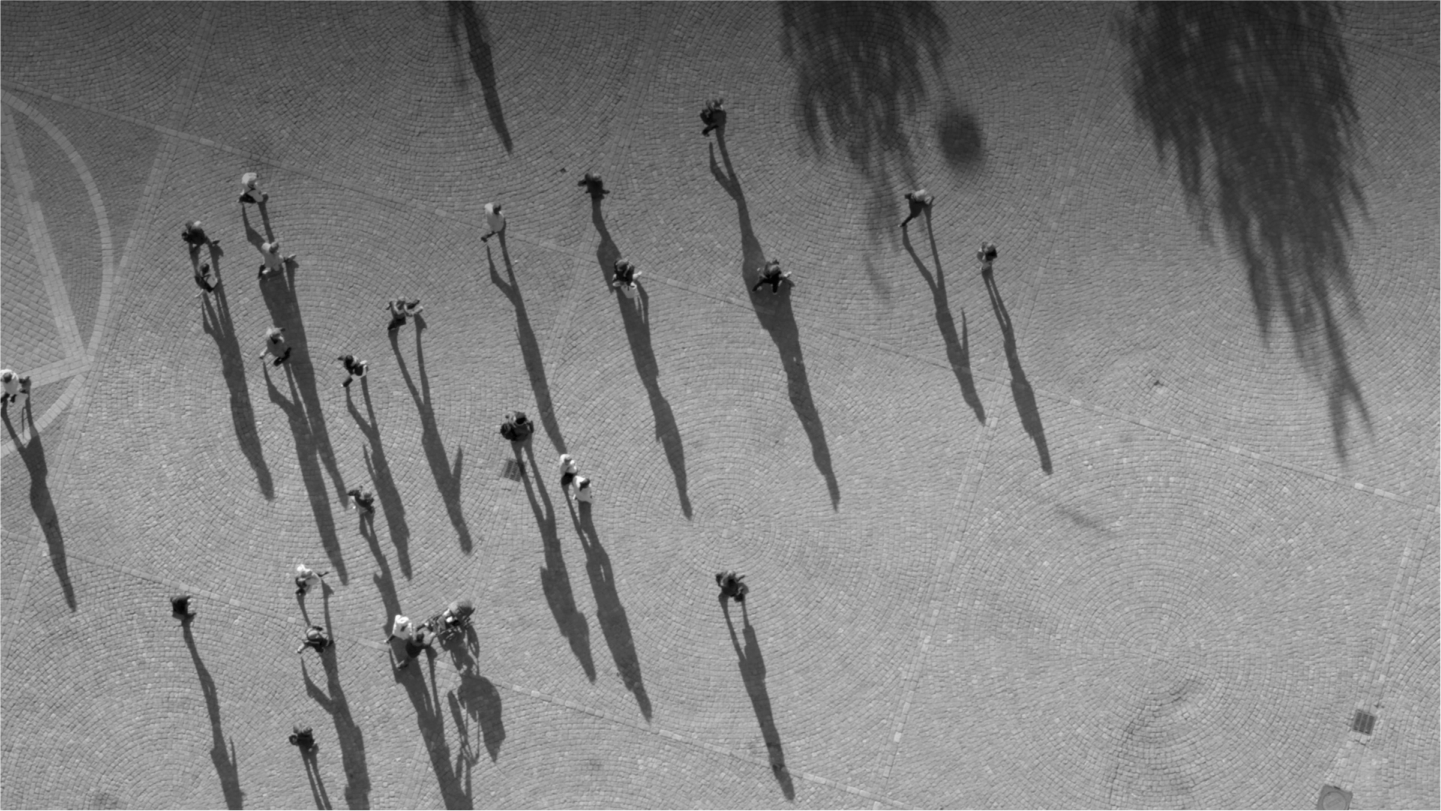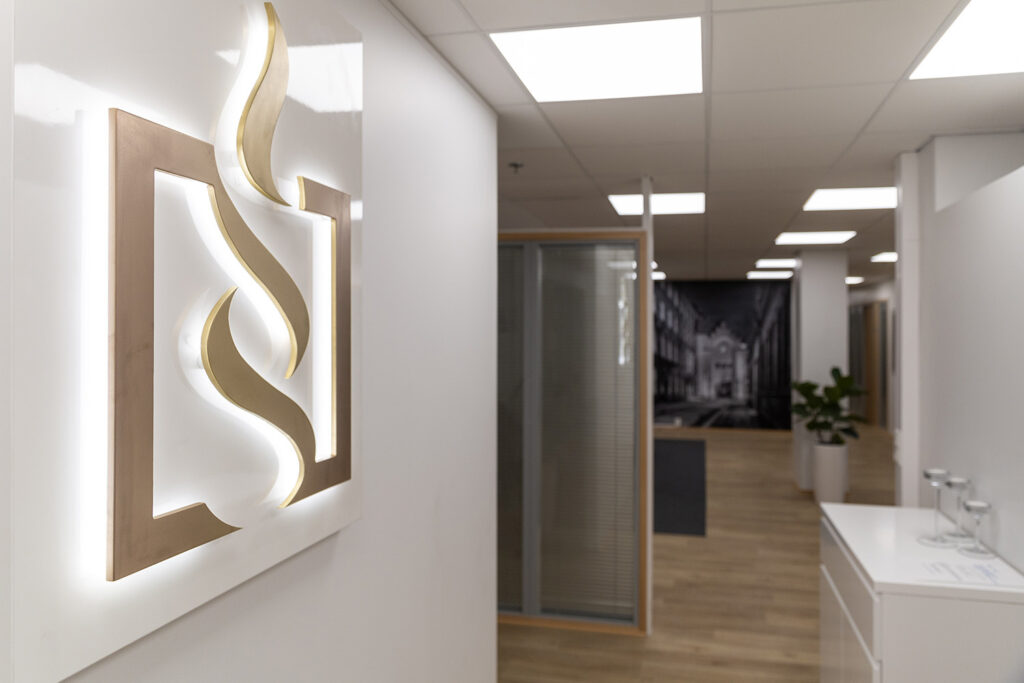



Indoor air microbes, molds, yeasts, as well as radiation fundi and other bacteria originate from outdoor air, soil, plants, humans, and animals. Microbes are part of our normal living environment and can be found everywhere, including indoors, on surfaces, and within building structures. In typical undamaged buildings, the indoor microbial species are normally very similar to those found in outdoor air.
When structures become moist, the spores or cells present in them start to grow, forming microbial growth within the structure. Prolonged moisture damage in wooden structures can also lead to blue staining and decay. Harmful microbial growth resulting from moisture damage is indicted by a higher-then-normal microbial concentration or the presence of unusual microbial species in samples.
Microbes release spores, cells, and other microbial particles into indoor air, along with odorous, gaseous metabolic byproducts. Some microbes can also produce toxic toxins. As a result of microbial growth, the indoor microbial species in damaged buildings often differ from those found in outdoor air. Microbial growth related to moisture damage is indicated by the presence of certain mold species in samples, including Aspergillus versicolor, Fusarium, Phialophora, and Stachybotrys. Moisture damage from soil bacteria is indicated by radiation fungi such as Streptomyces.
Unrepaired moisture or decay damage, as well as the presence of microbial growth that is visually observed or confirmed through microbial analysis on indoor surfaces, interior structures, insulation, as well as structures and spaces from which outdoor air seeps into indoor spaces, is considered a health hazard as defined by the Health Protection Act.

